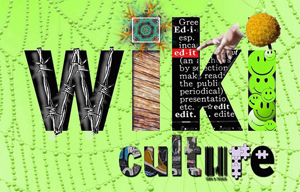 | ||||||||
| Ted Nelson |
With the growth of technology in the last 20 years, civilization has lost sight of its dream of free universal information sharing and collaboration. It is only in recent years that we have begun to realize that original vision. Tim Berners-Lee, the inventor of the World Wide Web, describes his design goal as a pool of knowledge that is as easy to update as it is to read. Similarly, Doug Engelbart envisions a network of computers that makes it easy to collaborate with other users to boost group effectiveness. Ted Nelson, inventor of hypertext, also envisions an ideal human-computer interaction where people are able to understand and contribute to the whole system. He presents a number of ideas that encourage the average person to be able to understand and use the technology to our advantage, and that we should embrace this new technology. Berners-Lee brings up a point that draws attention to the fact that at this point in digital culture, there were no for-profit services, and the Internet was commercial-free. Today, it is glaringly obvious that the Internet is a for-profit service, and everything about computers has become commercial. Consider how easy it is to make money off the web. Have we lost the vision of free domain for resource and information sharing leading to the ultimate "Augmented Human"? Recently, with the growing popularity of blogs and YouTube and other user-friendly sites, the web has become more of what Lev Manovich calls a “communication medium” rather than a publishing medium, and there has been more content contributed by users in the last ten years or so. In “Art after Web 2.0,” Manovich brought up important questions that we should be asking. Here is one particular question I found relevant: what kind of impact will the increase of collaboration and user-generated content on the web have on art as we know it?
